As our beloved pets grow older, their needs and behaviors undergo significant changes. The aging process in dogs, cats, and other companion animals is often subtle at first, but eventually becomes impossible to ignore. Pet owners who recognize the signs of aging early can take proactive steps to ensure their furry friends enjoy comfort and quality of life in their golden years.
One of the most noticeable changes in aging pets is a gradual decline in energy levels. Where once they bounded across the park with endless enthusiasm, they now prefer shorter walks followed by long naps. This isn't mere laziness - it's the result of natural biological processes. Joints become stiffer, muscles lose mass, and metabolic rates slow down. The sparkle in their eyes remains, but the body simply can't keep up with youthful vigor anymore.
Cognitive changes often accompany physical aging in pets. Senior dogs may appear confused in familiar environments or forget previously mastered commands. Cats might vocalize more at night or seem disoriented in their own homes. These behaviors sometimes worry owners, but they're typically part of normal aging rather than immediate cause for alarm. Environmental enrichment, mental stimulation, and maintaining routines can help support aging brains.
The senses dull with time, just as they do in humans. An older pet's world gradually becomes quieter, fuzzier, and less flavorful. You might notice your dog failing to respond to calls until you're right beside them, or your cat missing jumps they used to land effortlessly. Their food preferences may change as taste buds diminish. These sensory declines require thoughtful adjustments from caregivers - speaking louder, keeping furniture arrangements consistent, and being patient with occasional accidents.
Nutritional needs shift dramatically during a pet's senior years. Where growing animals needed calorie-dense foods, aging companions often require fewer calories but more specialized nutrients. Joint supplements like glucosamine become important, while protein quality remains crucial for maintaining muscle mass. Many pets benefit from smaller, more frequent meals as their digestive systems become less efficient. Working with a veterinarian to tailor diet to individual needs can prevent obesity while ensuring proper nourishment.
Dental health frequently emerges as a major concern for aging pets. Years of chewing and possibly inadequate dental care lead to worn or missing teeth, gum disease, and oral discomfort. Bad breath isn't just unpleasant - it can signal serious health issues. Regular veterinary dental checkups become increasingly important, and many owners need to transition to softer foods or implement gentle tooth-cleaning routines for their elderly companions.
The emotional bond between pets and owners often deepens during the aging process. There's a special kind of companionship that develops when caring for an animal in its later years. Pets seem to appreciate routine and gentle affection more than ever, while owners frequently report feeling more attuned to their pet's needs and moods. This mutual understanding creates tender moments that many pet owners cherish above all others in their relationship.
Chronic health conditions become more prevalent as pets age. Arthritis, kidney disease, diabetes, and various organ dysfunctions commonly appear in senior pet medical records. While this sounds alarming, many conditions can be managed effectively with modern veterinary care. The key lies in early detection through regular wellness exams and being attentive to subtle changes in behavior or habits. What might seem like "just getting old" could actually be a treatable condition.
Pain management represents one of the most important aspects of senior pet care. Animals instinctively hide discomfort, so owners must learn to recognize subtle signs like decreased activity, reluctance to jump or climb, or changes in grooming habits. Modern veterinary medicine offers numerous options for keeping aging pets comfortable, from medications to acupuncture to therapeutic laser treatments. Allowing an animal to live with untreated pain is neither necessary nor kind.
End-of-life decisions inevitably arise for pet owners facing their companion's twilight years. Knowing when to say goodbye ranks among the most difficult choices any pet lover faces. Quality of life scales can help objectively assess when an animal's bad days outnumber the good. Many veterinarians now offer hospice-style care for pets, focusing on comfort and dignity in final days. These decisions, while heartbreaking, represent the final act of love in a lifelong friendship.
The aging process varies tremendously between species, breeds, and individual pets. A Great Dane might be considered senior at six years old, while a tabby cat could remain spry into its late teens. Genetics, lifestyle, nutrition, and preventive healthcare all influence how gracefully a pet ages. What remains universal is the opportunity to make an animal's later years as rich and comfortable as possible - a fitting reward for years of unconditional love.
Watching a pet grow old reminds us of life's fragility and the preciousness of time. The slowing down, the gray muzzles, the cloudy eyes - these markers of age tell a story of shared years and mutual devotion. Caring for an aging pet isn't always easy, but it offers profound lessons about compassion, patience, and living in the moment. Our pets' relatively short lifespans compel us to appreciate every stage of their lives, especially the quiet beauty of their golden years.

By /Jul 31, 2025

By /Jul 31, 2025
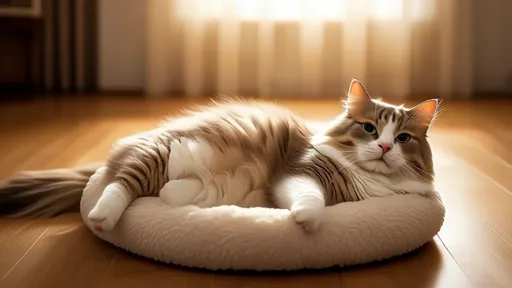
By /Jul 31, 2025
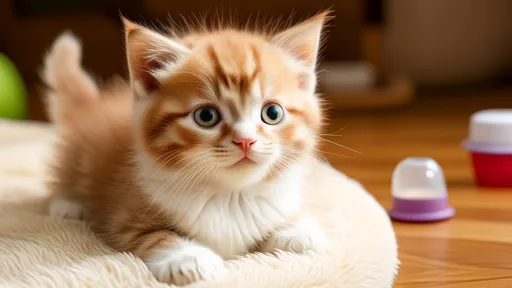
By /Jul 31, 2025
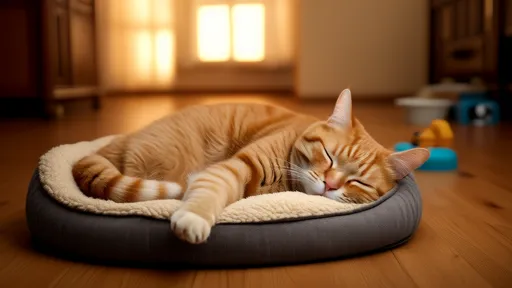
By /Jul 31, 2025
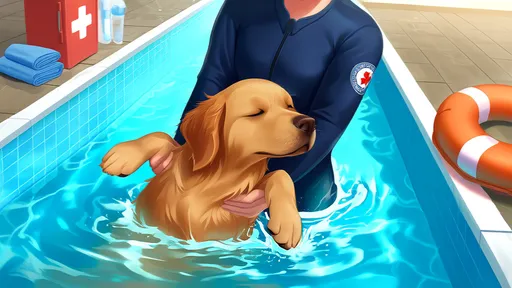
By /Jul 31, 2025
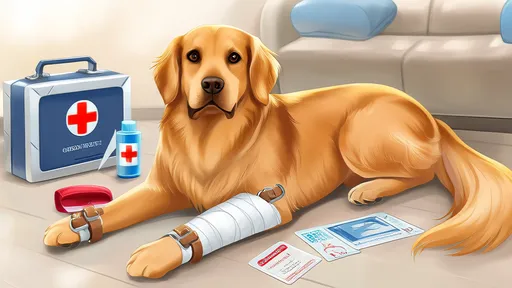
By /Jul 31, 2025

By /Jul 31, 2025
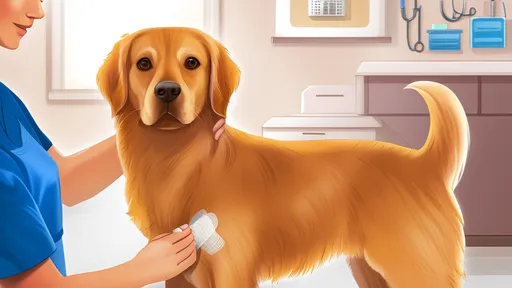
By /Jul 31, 2025
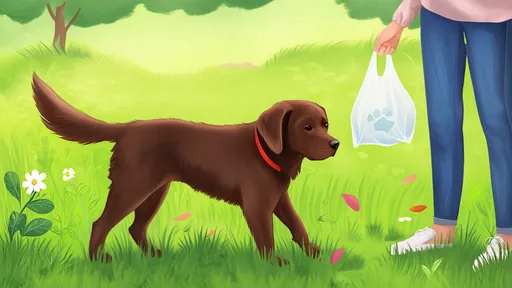
By /Jul 31, 2025
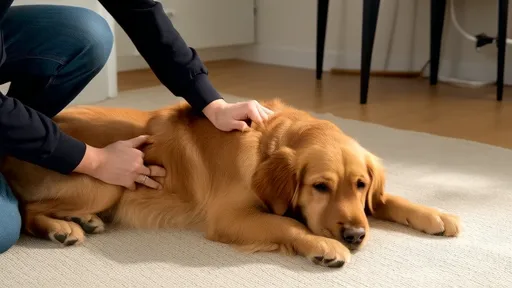
By /Jul 31, 2025
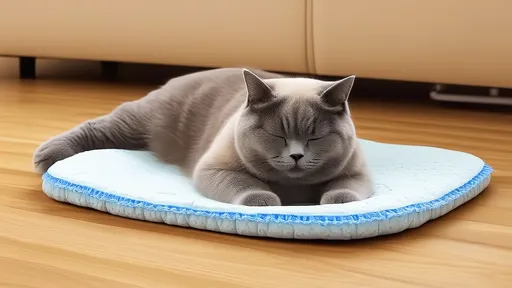
By /Jul 31, 2025

By /Jul 31, 2025
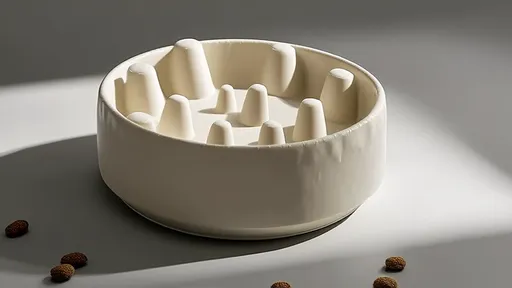
By /Jul 31, 2025

By /Jul 31, 2025
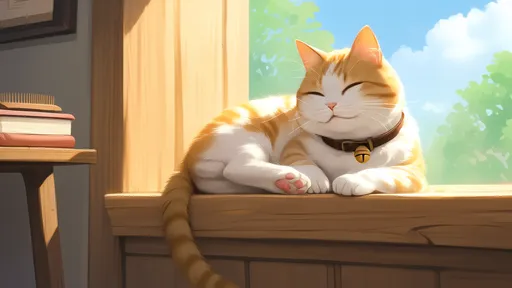
By /Jul 31, 2025
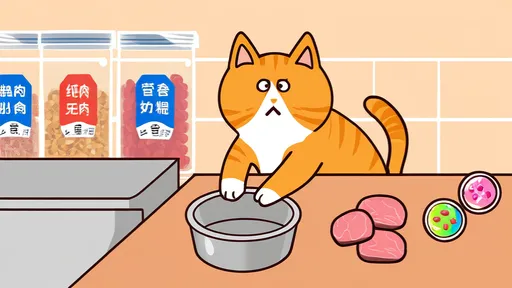
By /Jul 31, 2025
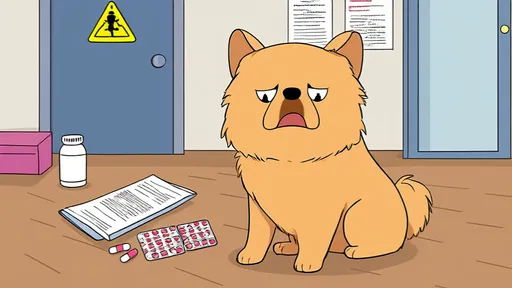
By /Jul 31, 2025
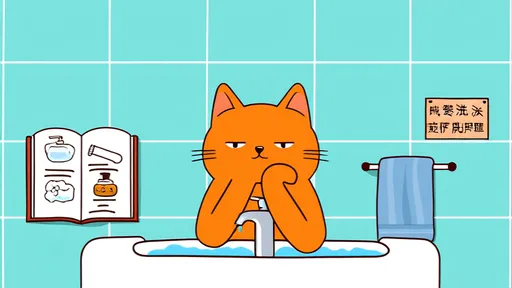
By /Jul 31, 2025
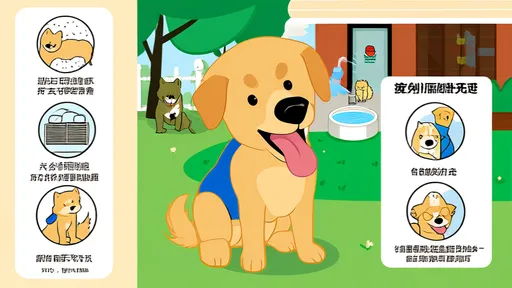
By /Jul 31, 2025